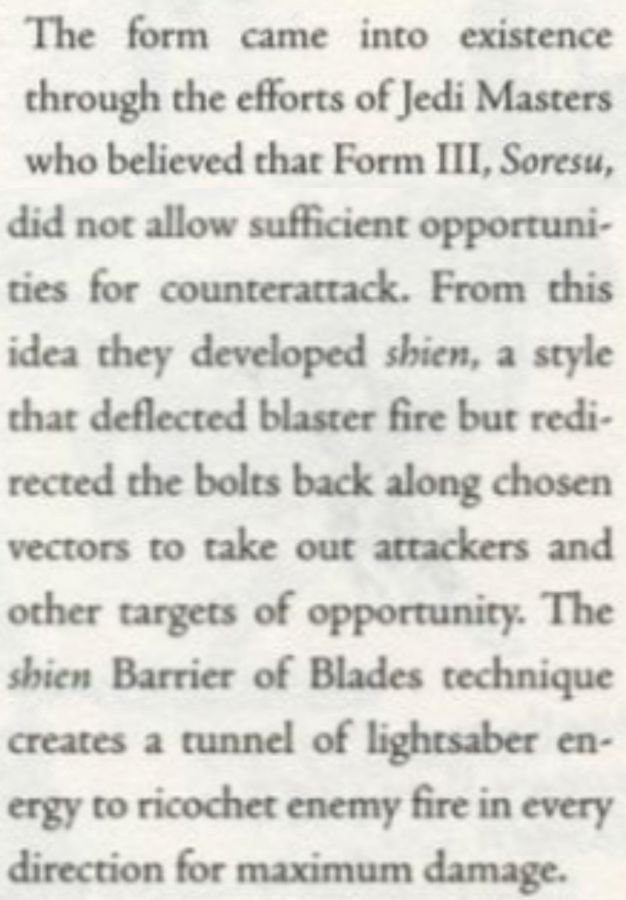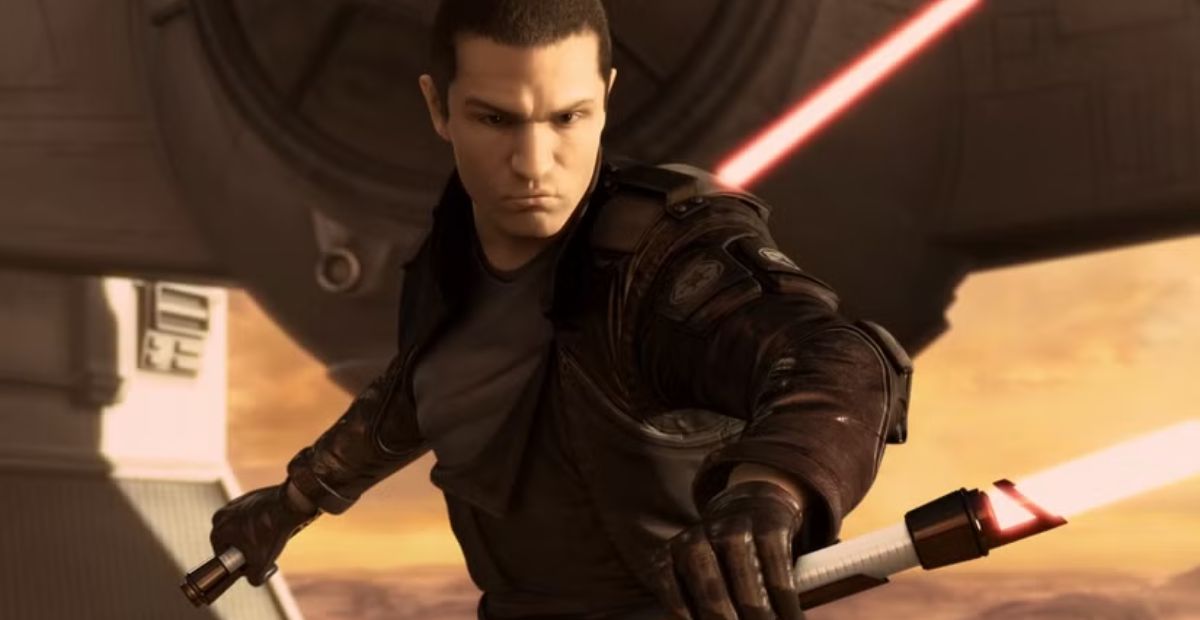We’ve all seen characters like Ahsoka Tano and Starkiller rocking that iconic reverse grip on their lightsabers—and yeah, it looks undeniably cool. But have you ever stopped to wonder if there’s an actual tactical advantage to holding a lightsaber backward, or if it’s just a flashy combat style designed for cinematic flair?
The Masters of the Reverse Grip
Let’s start with the most famous backwards lightsaber wielder: Ahsoka Tano. From her debut in The Clone Wars to her live-action appearances, Ahsoka has made the reverse grip her signature move. Whether she’s deflecting blaster fire from battle droids or going toe-to-toe with Inquisitors, that backwards stance has become as iconic as her white lightsabers. She particularly favors it when facing multiple opponents—those wide, sweeping strikes can clear a room of enemies fast.
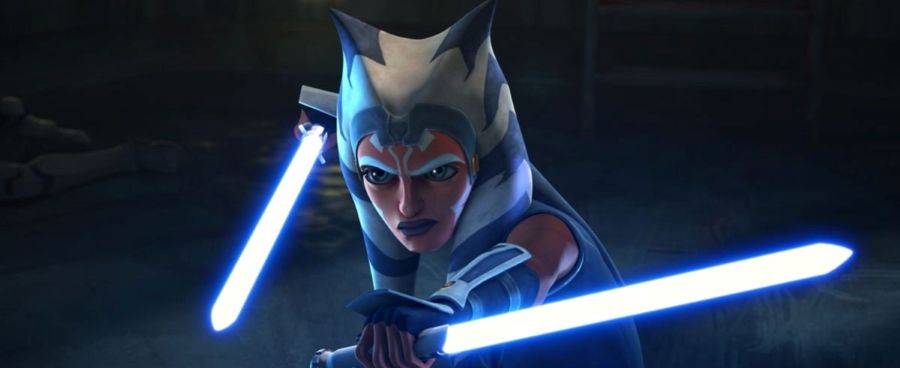
Then there’s Starkiller (Galen Marek), Darth Vader’s secret apprentice from The Force Unleashed. This guy took the reverse grip and cranked it up to eleven, using it to unleash devastating Force-powered attacks. Makes sense when you think about it—who better to teach an unconventional fighting style than Vader himself? Starkiller often switches to reverse grip when he needs to get up close and personal, using it to bypass enemy defenses with unexpected angles.
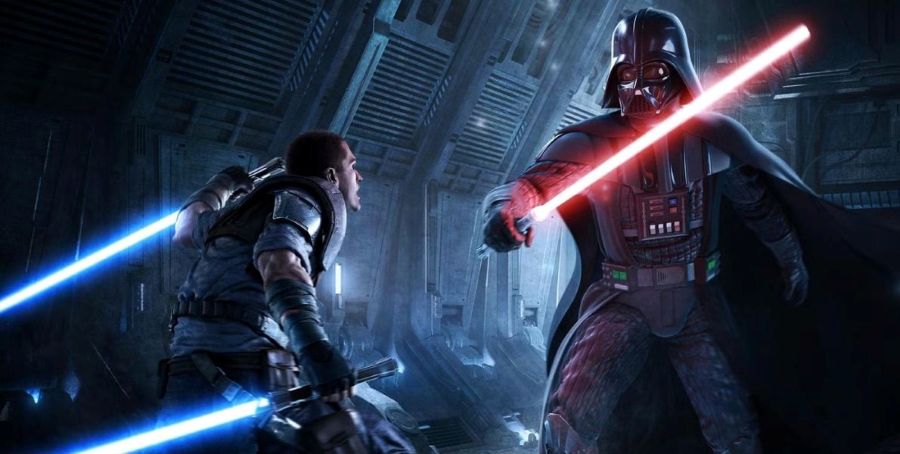
We’ve also seen brief glimpses of others experimenting with the technique. Quinlan Vos mixed it with his acrobatic style, especially when fighting in tight spaces where traditional swings would be too cumbersome. Even Kylo Ren switches to reverse grip during particularly intense moments, like when he needs that extra bit of savagery to break through an opponent’s guard.
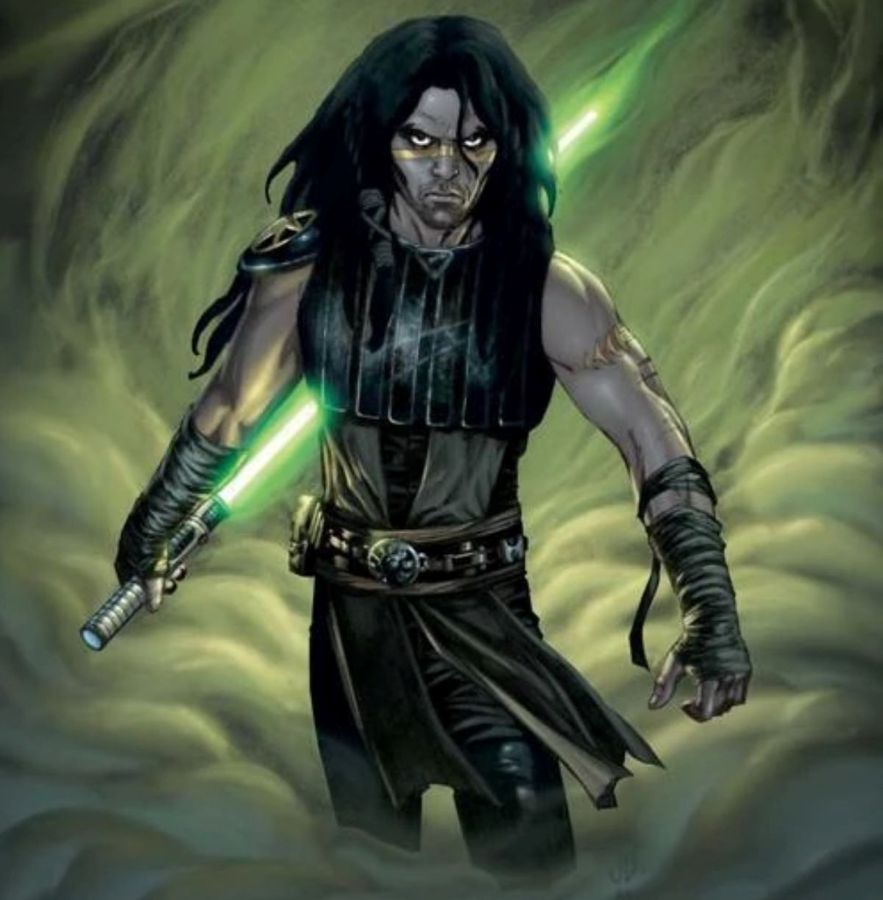
So why do all these fighters choose this unconventional style?
A Great Defensive Style Against Blaster Bolts
So here’s what I find fascinating about the reverse grip—it’s not just some random cool-looking technique. It’s actually part of a specific lightsaber combat form called Shien, a variant of Form V that was designed specifically for deflecting blaster fire.
This variant of Form V is one of the best forms against blaster bolts, and it’s confirmed in the Star Wars Legends book “The Jedi Path: A Manual for Students of the Force” by Daniel Wallace. This book guides Jedi from younglings to Padawans through everything they need to know about the Order. When discussing lightsaber forms, it specifically mentions: “Deflecting the bolts fired by a training remote is another focus of daily drilling, one that will prepare you for Form V, should you choose to specialize in that style.”
We see this perfectly demonstrated in Tales of the Jedi. Remember when Anakin trains Ahsoka for the Clone Wars? He has multiple clones set their blasters to stun and fire at her simultaneously from all directions. Ahsoka struggles until she makes two key changes, switching from a single lightsaber to dual-wielding AND shifting to that reverse grip. That’s when she finally succeeds. It’s the perfect example of Shien in action.
The book further reveals that Form V is also known as “The Perseverance Form or Way of the Krayt Dragon.” Now, you might wonder—don’t we already have Form III (Soresu) for deflecting blaster bolts? Here’s what makes Form V so different: while Soresu can only deflect blaster fire defensively, Form V takes it to another level by turning defense into offense.
As the book explains: “The form came into existence through the efforts of Jedi Masters who believed that Form III, Soresu, did not allow sufficient opportunities for counterattack. From this idea they developed Shien, a style that deflected blaster fire but redirected the bolts back along chosen vectors to take out attackers and other targets of opportunity.”
